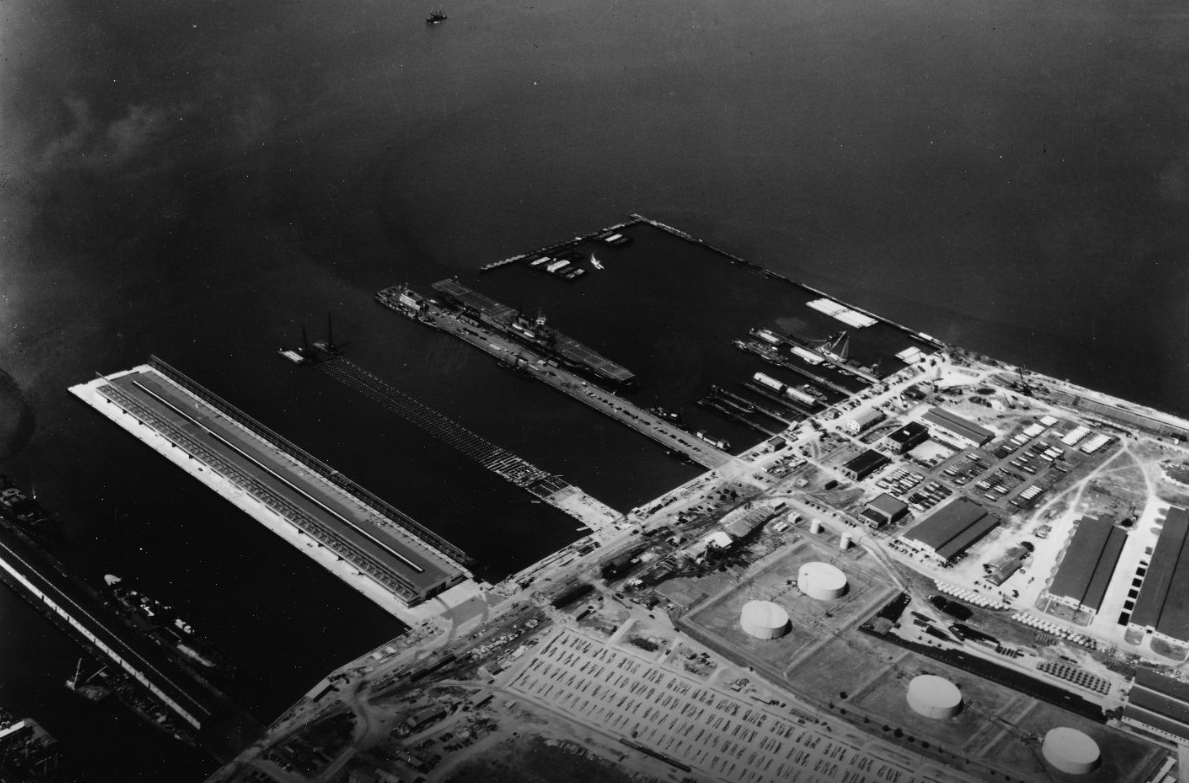Together with my colleague, and sometimes solo, I’ve been teaching our department’s course on the history of World War II for something like a dozen years. Students have always come to it with certain expectations, and while these vary over the years—and with the release of Hollywood movies set in the war—one kind of question crops up pretty much every time: “why didn’t the Allies [or Axis] just do X?” And usually X is something that occurred to the Allies, or Axis, to do—it was just that they did not have the resources to do X and also the other things they considered priorities. That is, for most of the war the question of allocating finite, often severely limited, resources that strategists believed better allocated elsewhere.
An illustration: early in 1941, Roosevelt was prepared to send the carrier Yorktown together with a group of battleships from the Pacific to the Atlantic to augment the existing fleet, and protect Lend-Lease shipping to Britain against U-boat attack. The Navy drew up plans for this proposal.
But then, in April, the Soviets and the Japanese agreed to a neutrality pact. Such a pact would assure the Soviets could focus on Europe and the Japanese on the Pacific, without having to worry about fighting each other. Because Japan now had a freer hand in the Pacific, the president changed his mind and sent only Yorktown to the Atlantic.

So this is the first limitation we need to remember: a limited quantity of resources, in this case ships of war. To move ships to the Atlantic to fight U-boats meant those ships wouldn’t be available in the Pacific to fend off an attack by Japan.
The second one is time. Yorktown departed Pearl Harbor on April 22, 1941, and arrived in Bermuda on May 12, 1941. It took three weeks to move from one posting to another.
This is the second limitation; that of time. To move resources from one theater to another is not instantaneous and thus not easy to reverse.
Roosevelt’s decision—or indecision, as it may be—was shaped by these limits: not enough ships to have adequate force everywhere, and a constraint of time such that allocation of resources was not easily reversed.
And limits like those shaped most decision-makers for most of the war. Roosevelt would have liked to leave enough ships on station in the Pacific while also devoting increased force to the Atlantic, but he couldn’t.